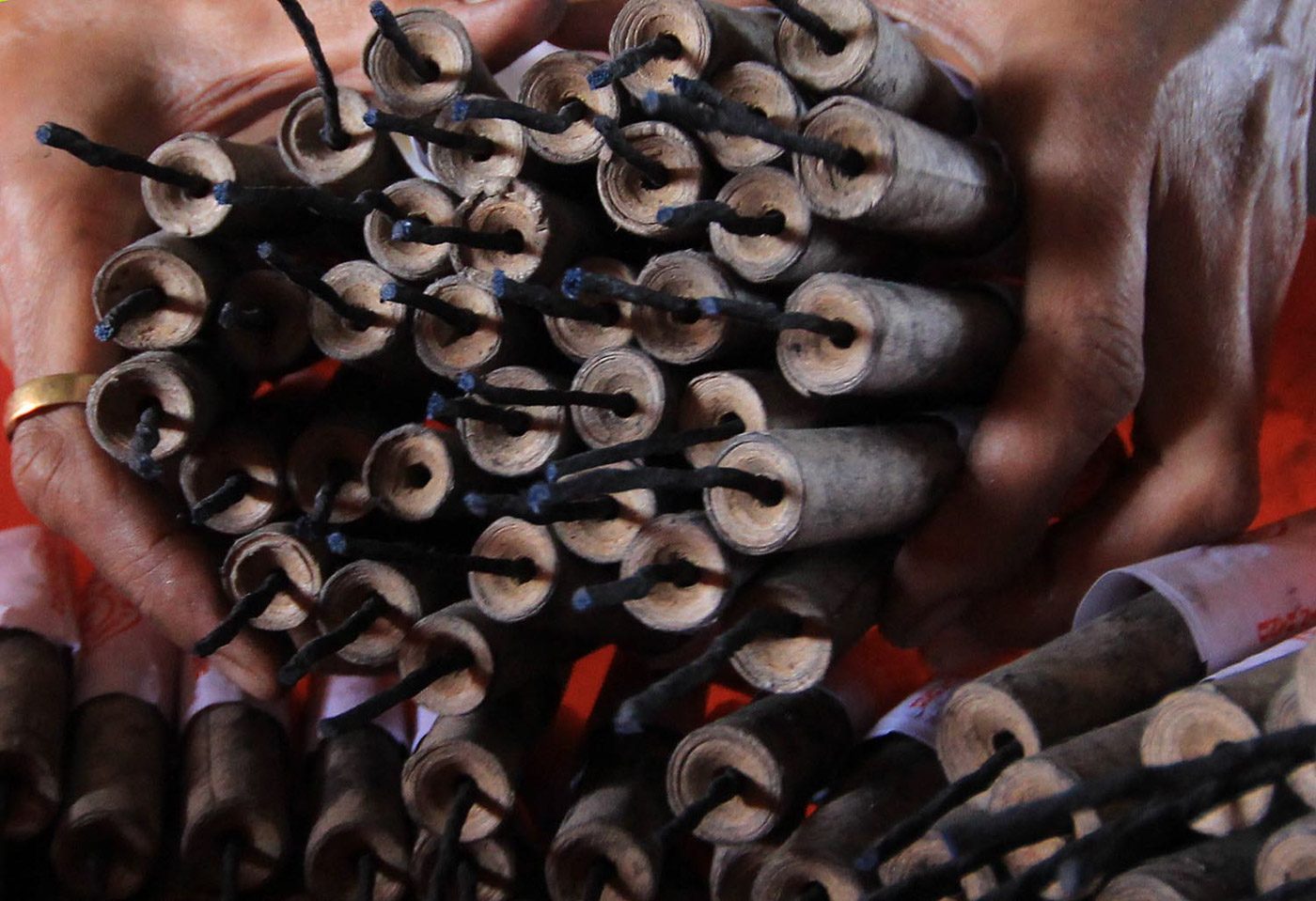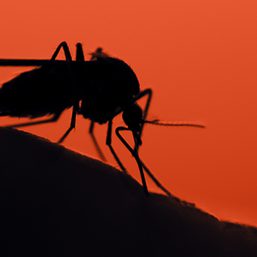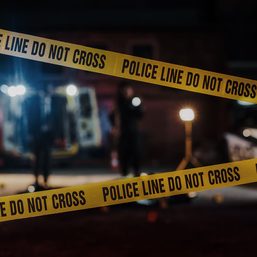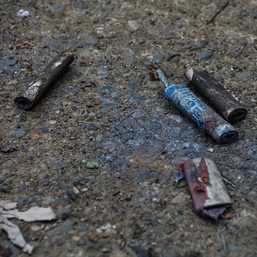SUMMARY
This is AI generated summarization, which may have errors. For context, always refer to the full article.

ILOCOS NORTE, Philippines— Fireworks-related injuries (FWRI) in the Ilocos Region surged two-fold compared to last year, with the public’s increased mobility after pandemic restrictions were lifted as a likely factor for the jump in cases, the regional Department of Health (DOH) said on Thursday, January 4.
“Kung ating matatandaan na noong [2022], kakabangon palang natin mula sa pandemic, kaka-lift pa lang ng restrictions at hindi gaano naka-access ng fireworks at firecrackers ang mga tao,” according to Dr. Rheuel Bobis, DOH spokesperson, during a virtual press forum.
(If we will recall, we have just recovered from the pandemic and the restrictions have just been lifted, and previously the people did not have access to firecrackers.)
Lockdowns were imposed in the country beginning March 2020 and some remained enforced until 2022 to stop the spread of COVID-19.
Three days after ringing in the New Year, injuries climbed to 213, a 117% increase compared to the 98 cases logged during the same period last year, said Bobis.
Among the top fireworks that caused the injuries were “kwitis or skyrocket” and illegal fireworks such as boga (improvised cannon) and “5-star“.
The latest DOH monitoring showed that all provinces in the region saw a rise in FWRI, with Pangasinan having the highest number with 143 cases (up 98.6% from last year), La Union with 29 (up 81.3%), Ilocos Norte with 23 (up 66.7%), and Ilocos Sur with 18 (157.1%).
Those injured ranged from ages two to 77 years old. More minors, or 10 to 14 years old, comprised the most affected group who sustained FWRI, Bobis said.
Of the 213, almost half, or 92, were hurt as “passive” victims or those who were just watching others use and ignite firecrackers.
At least seven of the 213 injuries required amputation and one was confirmed dead, Bobis said.
The youngest injured was a two-year-old while the oldest was 77-year-old.
As the FWRI jumped, Bobis said that they would urge local government units to come up and put teeth into their ordinances relating to regulation of fireworks and firecrackers during the next New Year festivities.
Stray bullet
In San Fabian town in Pangasinan province, a 32-year-old man was arrested for indiscriminately firing a gun on New Year’s Eve that hit two siblings on their home.
The victims, aged 26 and 21, were grazed by stray bullets in their back and head. They were rushed to a nearby hospital and were subsequently declared safe.
In Ilocos Norte, the police provincial office intensified its crackdown against boga, with at least 181 confiscated.
The provincial government also enacted an ordinance which provided penalties for the possession, use, manufacture, and sale of boga and regulated the sale and possession of denatured alcohol, acetone, and its derivatives, and electronic gas stove switches, as well as similar devices, to minors. – Rappler.com
Add a comment
How does this make you feel?






![[EDITORIAL] Manigong Bagong Taon? Puwede na ang ‘masayang’ bagong taon](https://www.rappler.com/tachyon/2024/01/animated-2024-fearless-forecast-carousel.jpg?resize=257%2C257&crop_strategy=attention)


There are no comments yet. Add your comment to start the conversation.